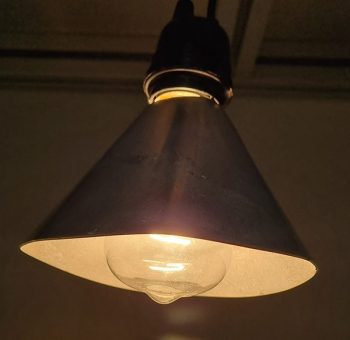In the home environment, air quality is a growing concern. Volatile organic compounds, or VOC, are often present, albeit in minute quantities. They are emitted by common materials such as carpet, paint and chipboard, and can have adverse health effects. The scientists of the Yonsei university in South Korea they have developed a coating for lampshades that can neutralize these pollutants: it is not only a technical solution, but represents a significant step towards a healthier home environment.
The challenge of indoor pollutants
More and more people are aware of the benefits of houseplants in neutralizing indoor pollutants, and research is now also exploring new ways to tackle this problem. They have a good reason: although present in small quantities, VOCs can build up over time and cause a variety of health problems, including eye, nose and throat irritation, headaches and, in some cases, liver damage , kidneys and central nervous system.
The team led by Dr. Hyoung-il Kim has developed a thermocatalyst that can be applied to the inside of lamps, as a covering for lampshades. This material, composed of titanium dioxide and a small amount of platinum, activates when heated by a light bulb, decomposing VOCs in the air.
“Purifying” lamps and promising results
In laboratory tests, the coating was applied to the inside of an aluminum lampshade and heated by a 100-watt halogen bulb. In a sealed environment, lamps with this coating quickly converted a common VOC, acetaldehyde, to acetic acid, then to formic acid, and finally to carbon dioxide and water.
These results were also replicated with incandescent light bulbs and they also neutralized formaldehyde. I'll link you here the presentation of technology.

And with LED lamps?
Already. We live in a gigantic phase of global transition and in the future we will end up eliminating incandescent lamps: what do we do with the growing adoption of LED lamps, which produce little heat?
The team is exploring compounds that convert some of an LED's visible light into heat, and are also looking for photocatalysts that react to the infrared light emitted by the LEDs. Good luck.
As stated Kim, “Our ultimate goal is to develop a hybrid catalyst that can utilize the entire spectrum produced by light sources.”
Lamps that "breathe" clean air
The search in progress at Yonsei university represents an exciting step forward as we work towards a future with less indoor pollutants. Meanwhile these lamps do more than light up our rooms – they help create a healthier environment for all of us.


